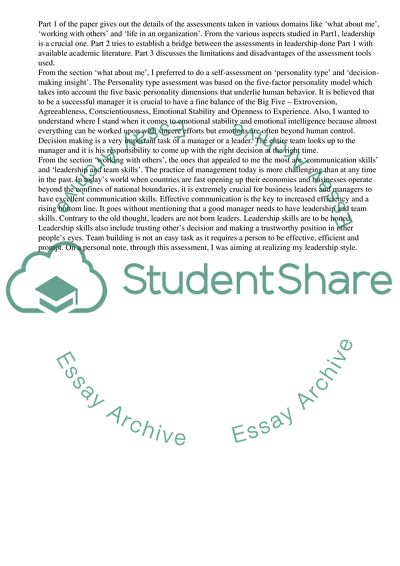Cite this document
(Self-Assessment by using the Self-Assessment Theories Term Paper - 1, n.d.)
Self-Assessment by using the Self-Assessment Theories Term Paper - 1. Retrieved from https://studentshare.org/management/1721536-organizational-behavior
Self-Assessment by using the Self-Assessment Theories Term Paper - 1. Retrieved from https://studentshare.org/management/1721536-organizational-behavior
(Self-Assessment by Using the Self-Assessment Theories Term Paper - 1)
Self-Assessment by Using the Self-Assessment Theories Term Paper - 1. https://studentshare.org/management/1721536-organizational-behavior.
Self-Assessment by Using the Self-Assessment Theories Term Paper - 1. https://studentshare.org/management/1721536-organizational-behavior.
“Self-Assessment by Using the Self-Assessment Theories Term Paper - 1”, n.d. https://studentshare.org/management/1721536-organizational-behavior.


